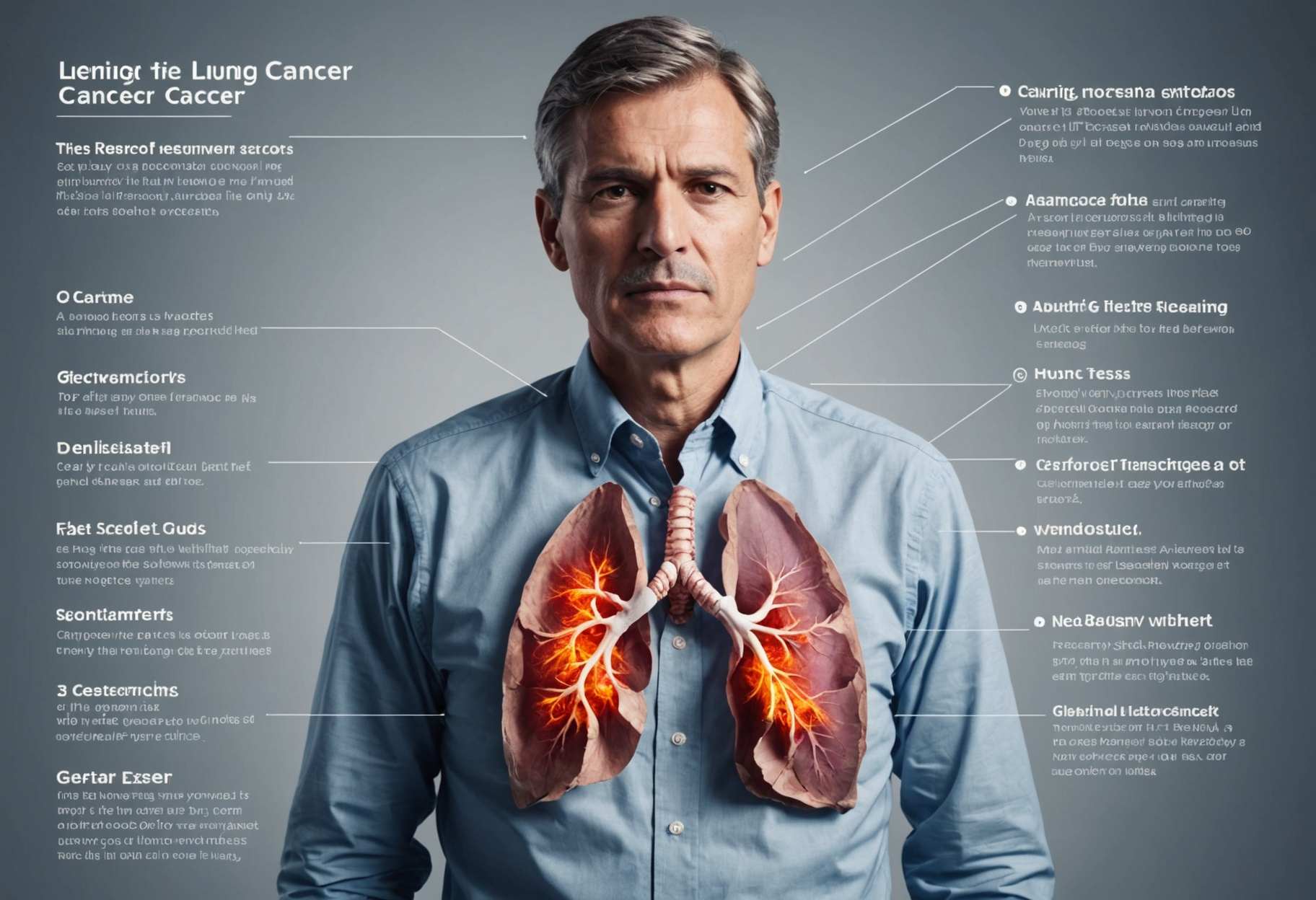- CONTACT US
- AFS
- Business
- Bussiness
- Car
- Career
- Celebrity
- Digital Products
- Education
- Entertainment
- Fashion
- Film
- Food
- Fun
- Games
- General Health
- Health
- Health Awareness
- Healthy
- Healthy Lifestyle
- History Facts
- Household Appliances
- Internet
- Investment
- Law
- Lifestyle
- Loans&Mortgages
- Luxury Life Style
- movie
- Music
- Nature
- News
- Opinion
- Pet
- Plant
- Politics
- Recommends
- Science
- Self-care
- services
- Smart Phone
- Sports
- Style
- Technology
- tire
- Travel
- US
- World

A nasty, highly contagious virus is spreading across the country ahead of the holiday season — and it’s not the flu or Covid.
Norovirus, also called the “winter vomiting disease,” has been rising across the nation since as early as mid-October, especially in states like Louisiana, Michigan and Indiana, according to data from WastewaterSCAN, an academic program through Stanford University in partnership with Emory University.
With data through Nov. 21, Amanda Bidwell, scientific program manager for the WastewaterSCAN program, said norovirus wastewater concentrations have increased nationwide by 69% since October.
“Right now, we’re in the high category for norovirus at the national level,” she said. Rates are high in the Northeast and Midwest region, according to wastewater data.
Rates are currently lower compared to last year’s spike, which was overwhelmingly caused by the variant GII.17, which may have mutated to become more contagious, experts said. Between August and November 2024, there were 235 reported norovirus outbreaks, according to the Centers for Disease Control and Prevention.
There have been 153 outbreaks during the same time period this year.
It’s unclear whether the same level of illnesses will continue into 2026, but outbreaks are expected to keep rising, Bidwell said.
“We have three years of data to kind of show that we have this strong seasonal pattern,” she said. “But I can’t say right now how big of a peak it will be.”
A CDC spokesperson said the agency is closely monitoring the norovirus season, which is most common from November to April.
The CDC tracks norovirus through voluntary reporting from clinical laboratories and health departments, but doesn’t currently monitor for norovirus through wastewater, which may be a reason its tracking doesn’t match the WastewaterScan data. People may be sick, but not go to the doctor.
Bidwell said wastewater is an “unbiased way of looking at what is happening in a community.”
Here’s what to know about norovirus and its spread this year.
Norovirus variant becoming more dominant
For over 30 years, norovirus outbreaks have been dominated by one strain, GII.4. Last year’s outbreaks were overwhelmingly caused by the variant GII.17, making up around 75% of outbreaks.
The GII.17 strain has become more prevalent in several countries, including the United States, through the 2020s. The rise of GII.17 may explain why the 2024 spikes and this year’s spread started earlier in October, instead of winter.
Dr. Robert Atmar, professor in the Department of Medicine at Baylor College of Medicine, said a combination of factors may have led to GII.17’s dominance.
“The two possibilities is that something in the virus changed to make it more transmissible, or there were changes in the population that a larger proportion were susceptible,” he said. “And probably it’s a combination of both. But whether it’s going to persist this year, I think, is one of the big questions in our scientific community.”
Dr. Craig Wilen, associate professor of laboratory medicine and immunobiology at Yale University, said GII.17 may not actually be more transmissible, but many people probably have less immunity to the new variant.
“Probably the GII.17 last year was so effective at infecting so many people because we had significantly less immunity to that virus, since it was different enough from viruses that we’ve previously been infected with.”
It’s difficult to say how this year’s norovirus season will turn out.
Atmar said either variant has a “50/50 chance” of dominating this year, but doesn’t expect the same level of illnesses as last year because of “increased immunity.”
Norovirus symptoms
Norovirus is a highly contagious, human-only disease. Norovirus outbreaks can happen anywhere and cause around 20 million infections a year. It’s responsible for over half of foodborne illnesses in the U.S. each year.
It spreads from person to person through vomit or feces drops that end up in peoples’ mouths. It can also spread through coming in contact with contaminated food, water or surfaces.
The main symptoms are diarrhea and vomiting, earning it the name “two-bucket disease.” Other symptoms include fever, stomach pain and body aches.
Symptoms like vomiting and diarrhea may require medical attention for older adults, young children and people with weakened immune systems, according to the Mayo Clinic.
Symptoms usually start within 12 to 48 hours after exposure and last for a few days. Someone can still spread the virus for more than two weeks, even after symptoms are gone.
How to protect against norovirus
Norovirus is notoriously difficult to kill. It’s difficult to wash away and can survive temperatures up to 145°F. Many scientists call it the “perfect pathogen.”
Wilen said norovirus is “highly stable in the environment.”
“It’s highly infectious. Traditional ethanol-based hand sanitizers don’t work as well for this virus as they do for other viruses,” the Yale associate professor said.
In order to kill norovirus, the CDC recommends washing your hands vigorously with soap, cleaning infected areas with diluted bleach and washing infected clothes with hot water and detergent. Wearing gloves and throwing them out after cleaning adds protection.
Fruits and vegetables should be properly cleaned, and oysters and shellfish are properly cooked can also reduce infection risk, the CDC says.
There isn’t a specific treatment for norovirus, but rehydration is key to replace lost fluids.
Though there’s currently no vaccine for norovirus, a Phase 3 Moderna trial is in place.
This article was originally published on NBCNews.com
LATEST POSTS
- 1
 Discussion on deployment of foreign troops ongoing, two sources tell 'Post'
Discussion on deployment of foreign troops ongoing, two sources tell 'Post' - 2
 'Stranger Things' character guide: The nerds, the newcomers and the rest of the Season 5 cast
'Stranger Things' character guide: The nerds, the newcomers and the rest of the Season 5 cast - 3
 Qatar, Ireland accuse Israel of using chemical weapons on Palestinians, demand watchdog probe use
Qatar, Ireland accuse Israel of using chemical weapons on Palestinians, demand watchdog probe use - 4
 How to watch the 2025 Macy's Thanksgiving Day Parade for free
How to watch the 2025 Macy's Thanksgiving Day Parade for free - 5
 Young Muslims in Germany feel left out of Mideast debate, experts say
Young Muslims in Germany feel left out of Mideast debate, experts say
 The most effective method to Pick the Right Teeth Substitution Choice for You
The most effective method to Pick the Right Teeth Substitution Choice for You A Time of Careful Eating: Individual Tests in Nourishment
A Time of Careful Eating: Individual Tests in Nourishment Instructions to Perceive and Grasp the Early Side effects of Cellular breakdown in the lungs
Instructions to Perceive and Grasp the Early Side effects of Cellular breakdown in the lungs The Advancement and Effect of Dental Embed Innovation on Oral Wellbeing
The Advancement and Effect of Dental Embed Innovation on Oral Wellbeing Tracking down the Right Equilibrium: Charges versus Personal Costs in Senior Protection.
Tracking down the Right Equilibrium: Charges versus Personal Costs in Senior Protection. The Craft of Computerized Detox: Individual Trials
The Craft of Computerized Detox: Individual Trials Solid Living Tips: Experiences from a Wellness Fan
Solid Living Tips: Experiences from a Wellness Fan Are your hormones imbalanced? Doctors explain how to know if you need testing
Are your hormones imbalanced? Doctors explain how to know if you need testing Eli Lilly weight-loss drug appears to suppress binge-eating signal, small study finds
Eli Lilly weight-loss drug appears to suppress binge-eating signal, small study finds













